Currently LEHO has established 15 villages all over Ladakh
As more regions and countries develop their tourism industry, it produces significant impacts on natural resources, consumption patterns, pollution and social systems.

Supported by LEHO – Ladakh Environment and Health Organization
Currently LEHO has established 15 villages all over Ladakh
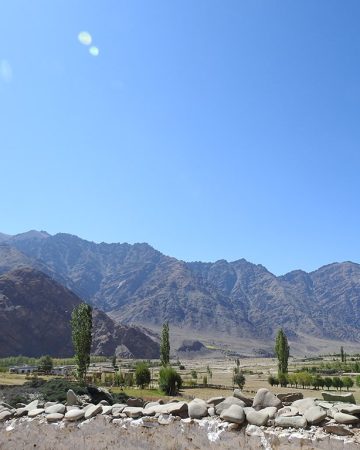
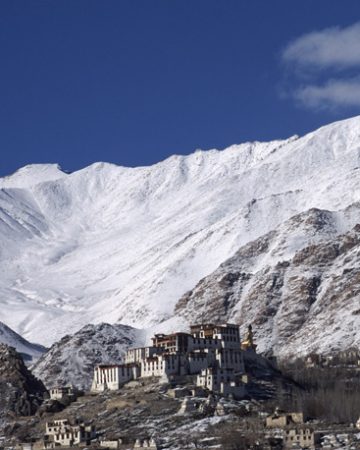
Likir is a village and headquarter of eponymous Subdivision in the Leh district of Ladakh, India. It is located in the Likir tehsil, in the Ladakh region.
→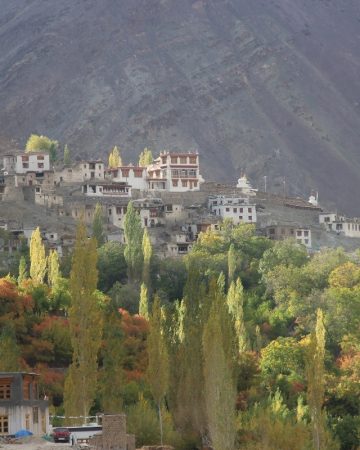
Takmachik is a village in the Leh district of the Indian union territory of Ladakh. It is located in the Khalsi tehsil, around 14 km from the Khaltsi and 112 km west of the district headquarters Leh.
→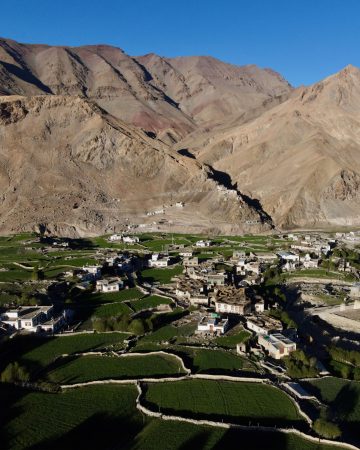
Gya is located 80km south-east of Leh, on the Leh-Manali HIghway. It impresses its visitors with natural beauty.
→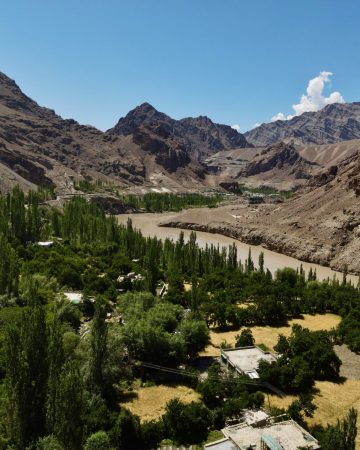
Located 140km north-west from Leh, Achinathang is a village with a special history at the bank of the Indus river.
→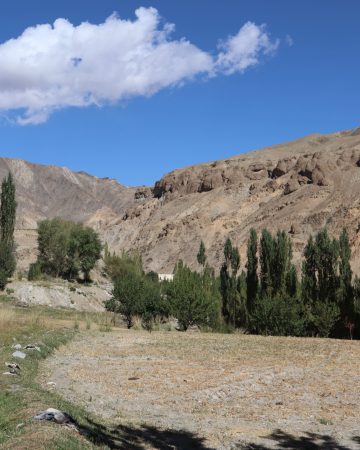
Wanla lies 110km west of Leh in a narrow valley near Khaltse. The village is the perfect starting point or stop on hikes.
→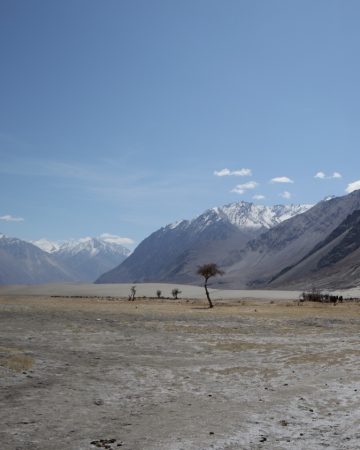
Just 20km north from Diskit, in between Hunder and Turtuk lies Skampuk. It offers a calm stay near the Shyok river.
→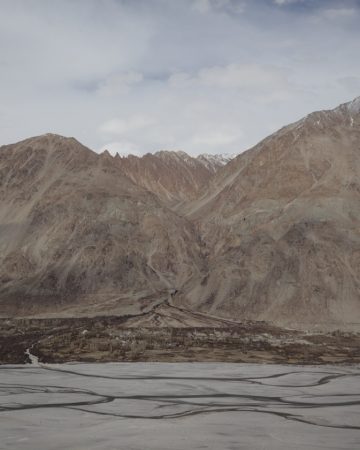
Panamik is located 55km from Diskit, away from the main routes of Nubra but with equally beautiful nature.
→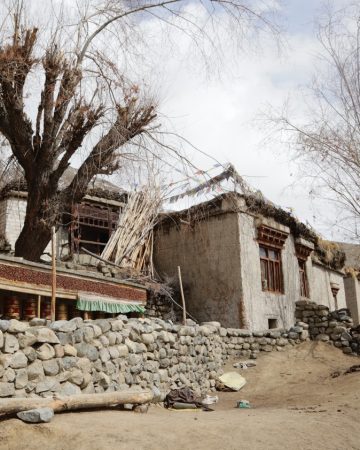
Tia, 90km from Leh, offers a stunning landscape and interesting history while being a great trekking destination.
→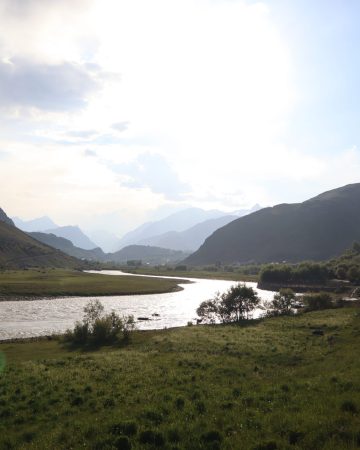
Located on the highway from Leh to Srinangar, 50km away from Kargil, is Bhimbat. A village known for its war memorial as well as stunning nature.
→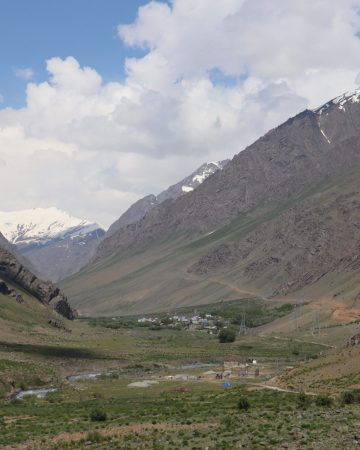
Mushkoo, home of the brown bears, is located close to the Leh-Srinangar-Highway, just 70km from Kargil.
→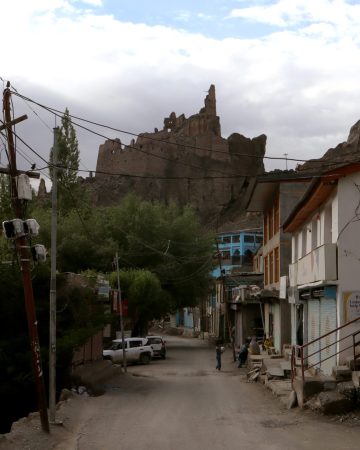
Chitkan, a village popular among motorcyclists, is home to ancient castle ruins. It is located 170km from Leh in the Kargil district.
→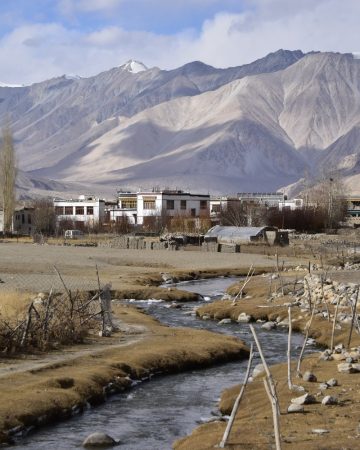
Tangtse lies on the way to the famous Pangong Lake, on your way there you will cross one of the worlds highest motorable passes.
→As more regions and countries develop their tourism industry, it produces significant impacts on natural resources, consumption patterns, pollution and social systems.